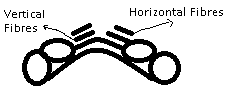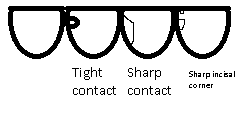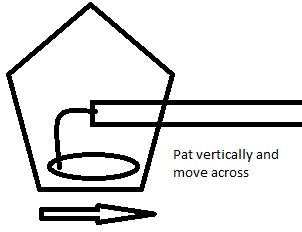Dental sleep medicine series 1: Normal sleep and sleep staging

When treating sleep in a dental setting, it is useful to have a basic understanding of sleep and sleep staging to be able to interpret the results of a sleep study correctly and to be able to communicate effectively with medical colleagues. From Sleep Medicine 6th edition What is sleep Sleep is a reversible behavioral state of perceptual disengagement from and unresponsiveness to the environment. It is also true that sleep is a complex amalgam of physiologic and behavioral processes. Sleep is often associated with behavioural traits such as supine position, quiescence, closed eyes. Parasomnias can occur including sleep walking, sleep talking and tooth grinding. What are the stages of sleep? Two very separate stages of sleep have been identified: REM and Non REM sleep. NREM sleep is separated into 4 substages as defined by the EEG measurement axis (brain waves). NREM EEG is described as synchronous and have characteristics such as sleep spindles, K complexes, and high voltage sl







